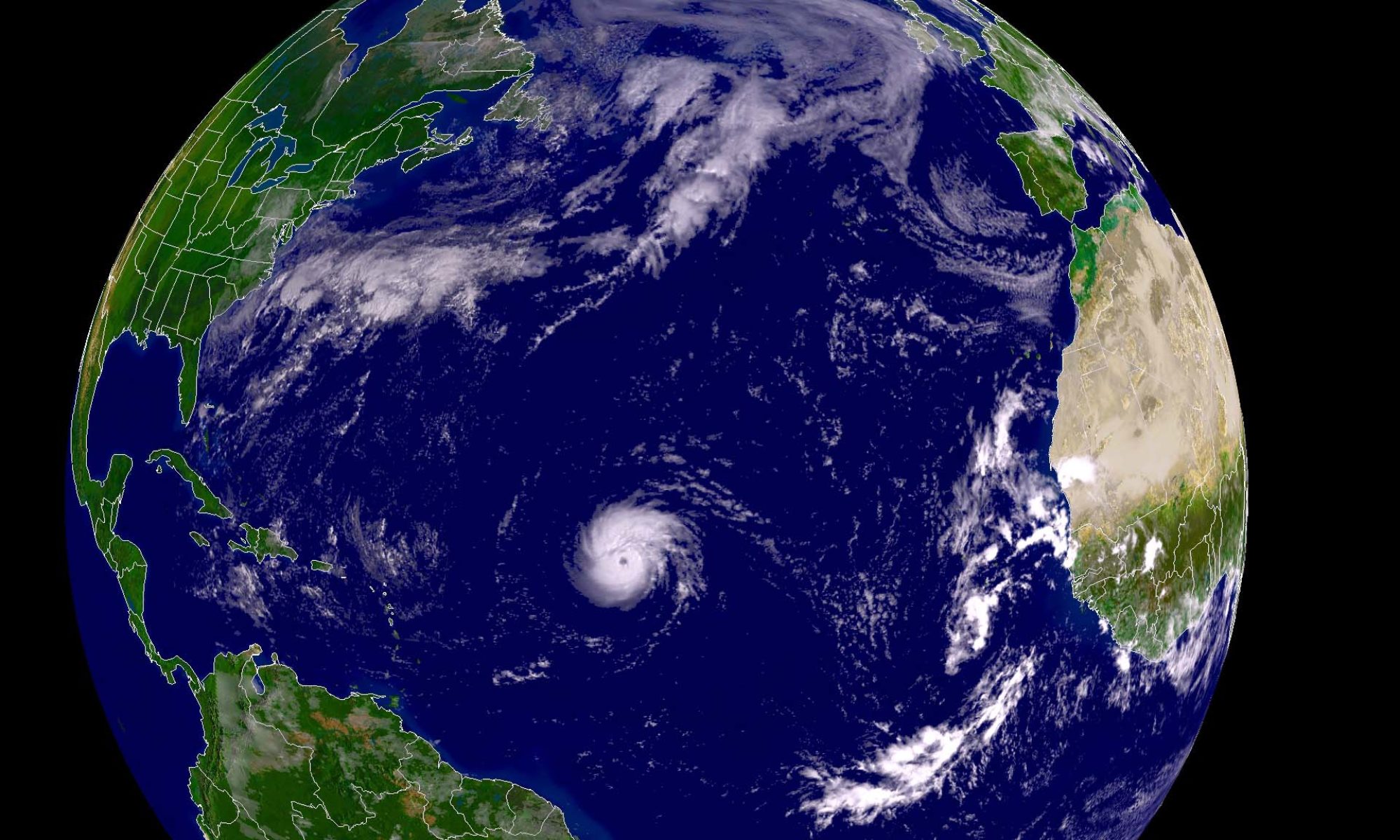By Akio Matsumura
It has been 25 years since the worst nuclear power accident in history at the Chernobyl plant in Ukraine, and we still aren’t certain what health damage it may ultimately cause. That gap needs to be filled by a vigorous research program — both to improve readiness to cope with another bad nuclear accident and to enhance understanding of the long-term effects of low doses of radiation. (New York Times Editorial, May 9)
Chernobyl’s explosion and ensuing fire spread radiation across the Western Soviet Union and Europe. The disaster released four hundred times more radioactive material than the Hiroshima bomb. My old friend Dr. Evgeny Velikhov, the Soviet Union’s top nuclear scientist, oversaw the delegation that investigated and cleaned up the disaster.
Dr Velikhov spoke of his first hand investigation at the 1988 Oxford Global Forum and impressed upon participants the scale of the disaster. At the same conference, renowned American scientist Carl Sagan appealed to both the United States and the Soviet Union to reduce their nuclear weapons. Carl probed further, asking participants from India and Pakistan why their countries were clandestinely producing nuclear weapons. The Indian and Pakistani diplomats both denied they had a nuclear weapon program, and stuck with the official narrative: their countries were building nuclear power plants for peaceful energy production.
Ten years later, on May 11, 1998, the Indian government announced it had conducted three nuclear test explosions at the Pokharan site in Rajashan. Later that month, on May 28, the Pakistani government announced it had conducted five nuclear tests.… Continue reading
